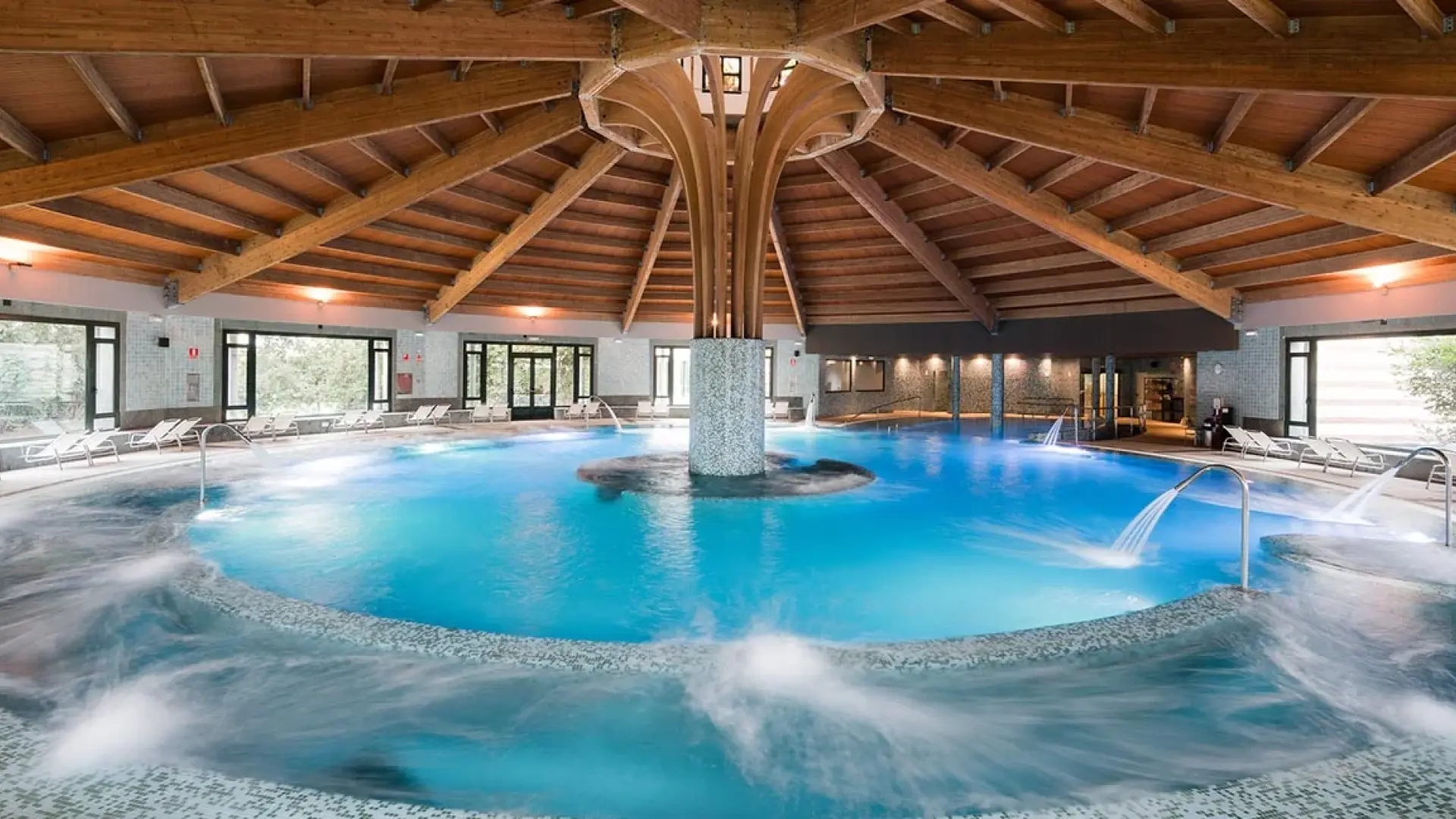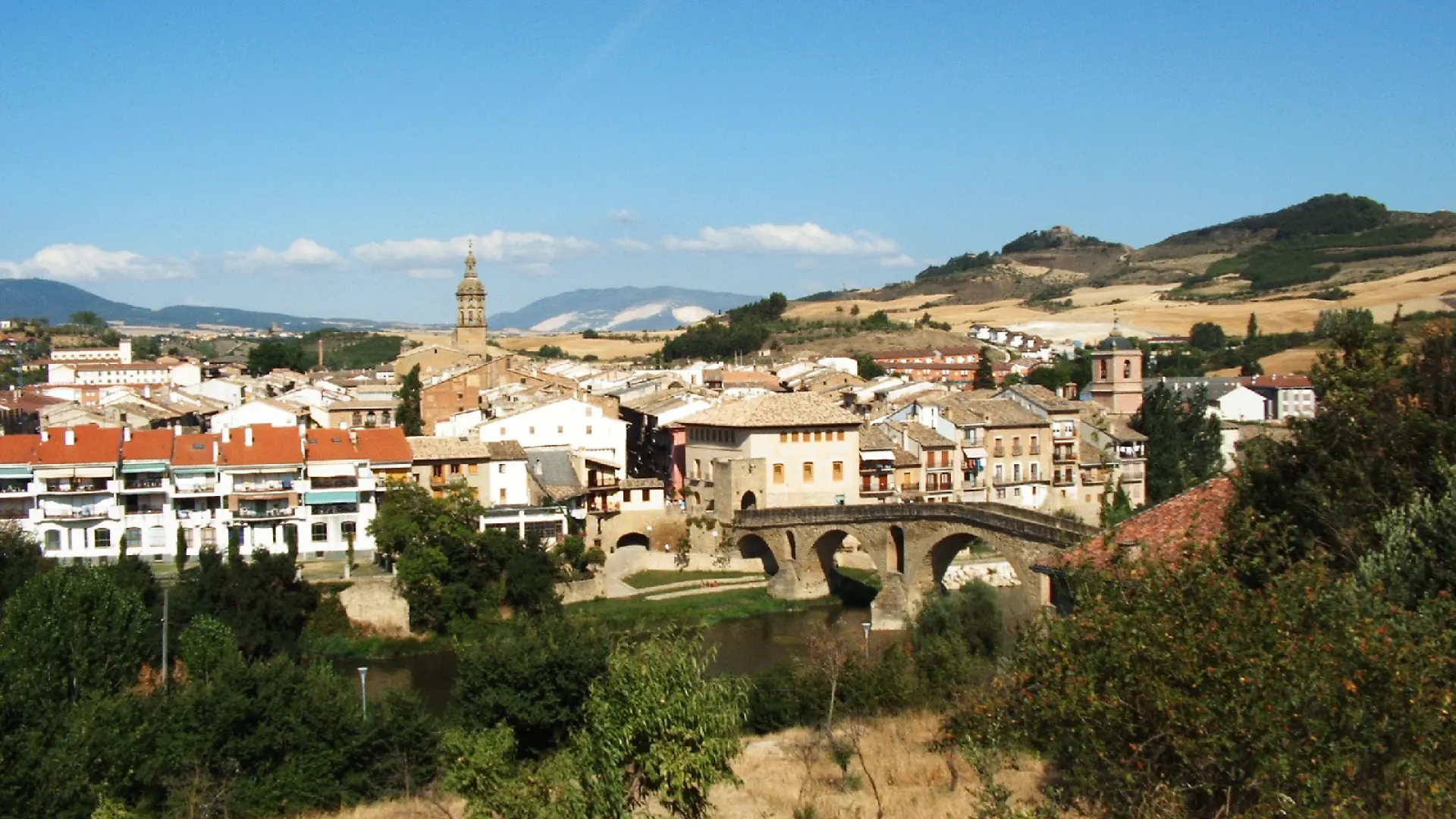Six plans to enjoy Vienna, the trendy city

There is no doubt that Vienna, the capital of what was one of the most influential and powerful empires in Europe for about a century, is the new trendy destination for those visiting the Old World.
Built upon the heritage of the House of Habsburg, this Austrian city is rich in classical architecture and art, as well as in the diverse expressions of the cultures that converge there . Its proximity to the Middle East is evident, making it an even more eclectic metropolis than Paris, or even Berlin.
Visiting Vienna is to come face to face with history, from the Holy Roman Empire to the Vienna Secession, the artistic and intellectual movement that broke with the canons of neoclassical style , paving the way for what later became known as modernism. It's a destination with countless things to discover, among which six are essential to understanding why Vienna is considered one of the best places to live.
1. Performance by the Spanish Riding School Before the technological age, battles were won by those with the best horses. Aware of this, the House of Habsburg entrusted the breeding and training of their Lipizzaner horses to the masters of this school. In 1918, after the fall of the empire and without its funding, the institution decided to open its doors to the public to demonstrate the incredible abilities of these horses and thus keep it running.
During the show, which lasts approximately one hour, animals and trainers delight tourists from all over the world with a series of synchronized choreographies in which the horses literally dance to the rhythm of Strauss waltzes and exhibit some of the demanding maneuvers that made them the best allies on the battlefield.
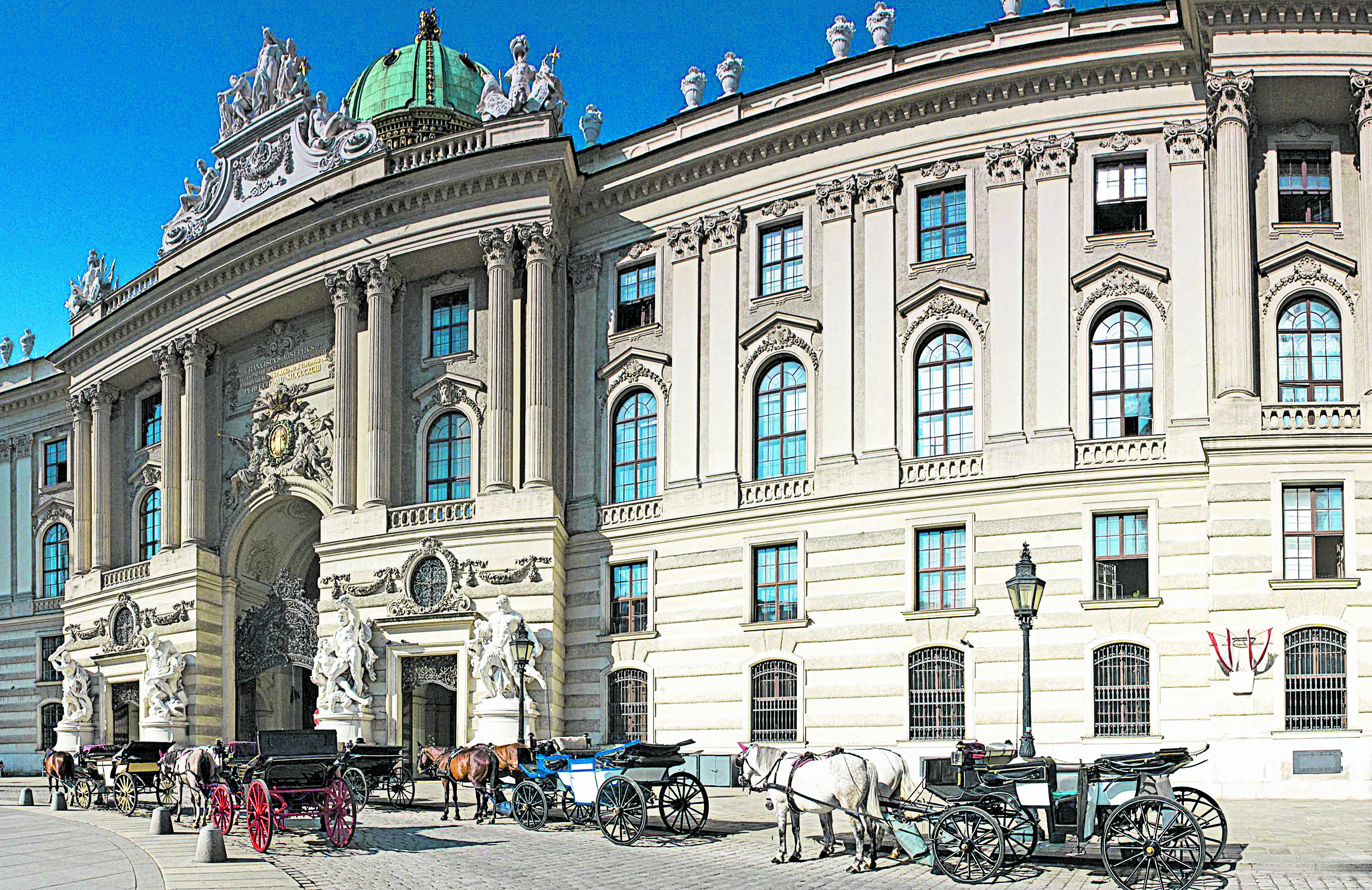
The Spanish Riding School is one of Vienna's most prestigious institutions. Photo: iStock
The word Heuriger ('of this year' in English) refers to the traditional wine taverns on the outskirts of Vienna's city center, where young wines, made on the property, are served.
These taverns emerged in the late 18th century, when Emperor Joseph II authorized small producers to sell their wines without special permits. Since then , small winemakers have set up long tables in their winery gardens, where they serve the year's wine accompanied by typical local dishes.
The best Heuriger for watching the sunset are those located on Kahlenberg hill, just a couple of tram stops from the center, from which you can enjoy a beautiful view of the city.
3. Gala Hall of the Austrian National Library Located in the Hofburg Imperial Palace, this library was commissioned by Emperor Charles VI and designed by the architect Johann Bernhard Fischer von Erlach. The impressive space, decorated with Renaissance frescoes, houses over 200,000 written works, as well as a collection of papyri and two globes, among other treasures of the House of Habsburg.
The building was constructed during the first half of the 18th century and is considered not only a jewel of Baroque architecture, but also a fundamental element in the preservation of Austrian cultural heritage .
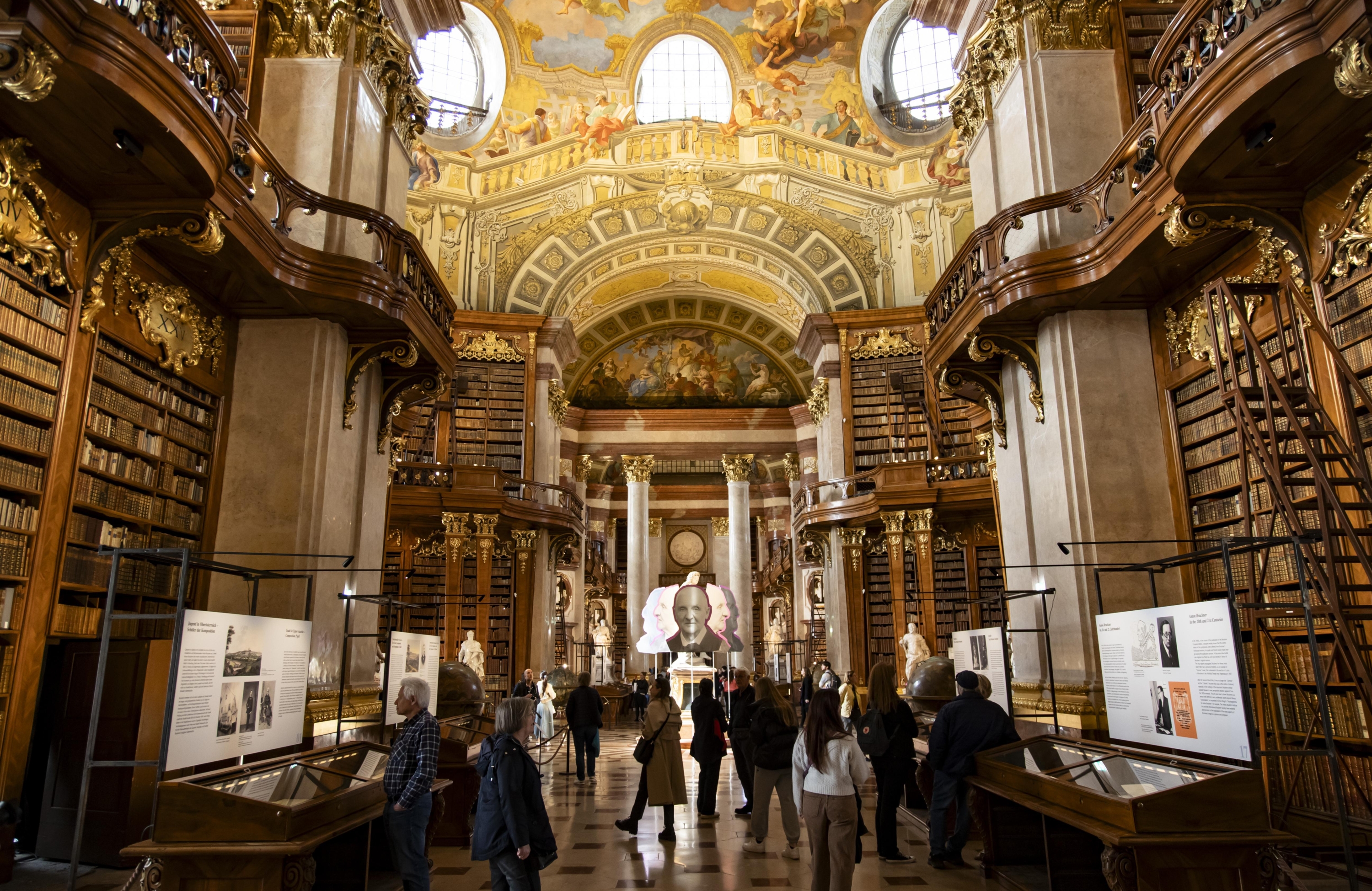
View of the grand hall of the National Library in Vienna. PHOTO: GETTY IMAGES
The Alte Donau is a former branch of the Danube that was separated from the main river in the 19th century. Today, it's a seventeen-kilometer-long lake in the heart of the city, where locals and tourists flock on weekends to enjoy water sports, sunbathe on its beaches, or have lunch at one of the cafes and restaurants along the water's edge.
The Alte Donau is easily accessible by tram or metro and is just 15 minutes from the city center. It's worth noting that you don't need to bring your own sports equipment: the Alte Donau has several water sports clubs where you can rent everything from pedal boats to kayaks and paddleboards.
5. Visit the 'Beethoven Frieze' The Beethoven Frieze is a mural by Gustav Klimt inspired by Richard Wagner's interpretation of Beethoven's Ninth Symphony , with which the artist wanted to recreate the search for happiness of the human species.
Beethoven's Frieze, currently owned by the State, is exhibited in the Secession Building, a building designed by architect Joseph Maria Olbrich and constructed in 1898, on the cusp of the new millennium, to create a space for artistic exhibition and thought that reflected the new modernist movement. The work itself is breathtakingly beautiful, and the building stands as a testament to the moment when Europe bid farewell to Neoclassicism and embraced the innovations of the 20th century.
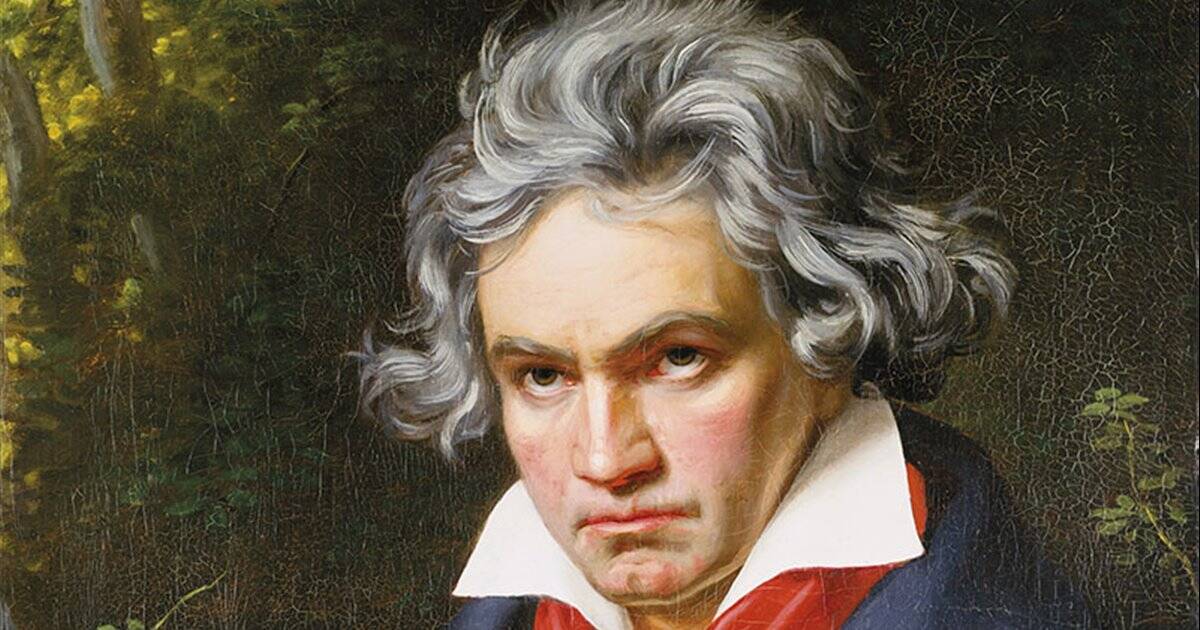
Beethoven died in Vienna on March 26, 1827. Photo:
In accordance with the turn of the millennium and the artistic and intellectual moment, the architect Adolf Loos (1870-1933), author of the work Crime and Ornament, created an innovative, clean and minimalist aesthetic in which, omitting the use of ornaments and focusing on the quality of the materials, he conceived a language that still prevails in contemporary spaces.
Loos Bar is a tiny bar in the heart of Vienna, with just two tables and a counter where expertly trained mixologists serve classic and signature cocktails to a sophisticated, mostly local, clientele. This year, Loos Bar celebrated its 117th anniversary, having lost none of its appeal or exclusivity . Photography is not allowed, food is not served, and a strict dress code is maintained, reminiscent of the Roaring Twenties.
Other memorable plans If your trip is longer and you have time, other memorable things to do in this majestic city include: visiting the Leopold, Augustine, and Belvedere museums; attending a classical music concert in the Gothic St. Stephen's Cathedral; going to a performance at the Vienna State Opera; having breakfast in the gardens of the Hofburg Palace; touring Schönbrunn Palace, the summer residence of the emperors; eating a Vienna Schnitzel at any local restaurant; and visiting Langenlois, a wine-growing village an hour and a half from the center of Vienna by car, where they produce wines, especially white wines made from Gruner Vertliner and Riesling grapes, of superior quality.
(*) Professional sommelier and restaurant consultant - Instagram: @mikkisan1
eltiempo



